Search results for null
Books
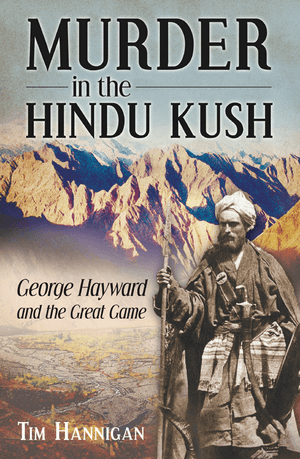
Murder in the Hindu Kush
Tim Hannigan
On a bright July morning in 1870 the British explorer George Hayward was brutally murdered high in the Hindu Kush. Who was he, what had brought him to this wild spot, and why was he killed? Told in full for the first time, this is the gripping tale of Hayward's journey from a Yorkshire childhood to a place at the forefront of the 'Great Game' between the British Raj and the Russian Empire. Driven by 'an insane desire' Hayward crossed the Western Himalayas, tangled with despotic chieftains and ended up on the wrong side of both the Raj and the mighty Maharaja of Kashmir. Tim Hannigan explores the conspiracies and controversies that surrounded his death, travelling in Hayward's footsteps to bring the story up to date, and to reveal how the echoes of the Great Game still reverberate across Central Asia in the twenty-first century.
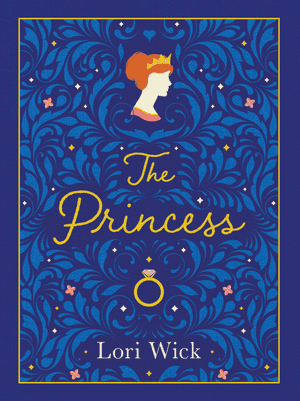
The Princess Special Edition
Lori Wick
Return to the Romance of Pendaran.
In the Land of Pendaran, Shelby Parker lives a humble but good life. Her special qualities are eventually noticed by the king and queen of the House of Markham, who seek a new wife for their widowed son, Prince Nikolai.
To uphold the tradition of their country, Shelby and Nikolai agree to an arranged marriage. But while Nikolai is a perfect gentleman in public, he remains distant at home, leaving Shelby to wonder what is in his heart. Will the prince ever love her as he did his first wife? Can the faith they share overcome the barriers between them?
Twenty years after its initial release comes this exquisite deluxe edition of Lori Wick's bestselling classic, The Princess (over 275,000 copies sold worldwide).
Relive the magic of Shelby and Nikolai's love story with this beautifully bound and foil-adorned keepsake version of one of the most beloved Christian romance novels of all time.
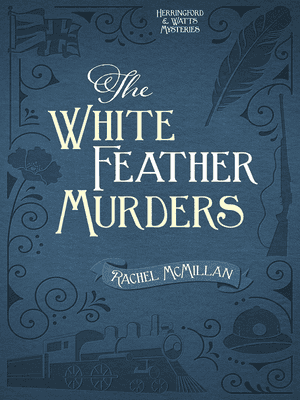
The White Feather Murders
Rachel McMillan
Uncommon Heroes…or Unsuspecting Victims?
Toronto, 1914. Merinda Herringford and Jem Watts never could have imagined their crime-solving skills would set them up as emblems of female empowerment in a city preparing to enter World War I at the behest of Great Britain. Yet, despite their popularity, the lady detectives can't avoid the unrest infiltrating every level of society.
A war measure adopted by Mayor Montague puts a target on Jem and her Italian husband, Ray DeLuca. Meanwhile, deep-rooted corruption in the police force causes their friend, Constable Jasper Forth, to wonder if his thirst for upholding the law would be best quenched elsewhere.
In spite of these distractions, Merinda, Ray, and Jasper join with other honorable and courageous city leaders in the Cartier Club, which exists to provide newly arrived residents of Toronto with a seamless integration in the city.
When a club member turns up dead, bearing a slanderous white feather, will Merinda, Jem, and those they hold dear be able to solve the high-stakes mystery before they're all picked off, one by one?
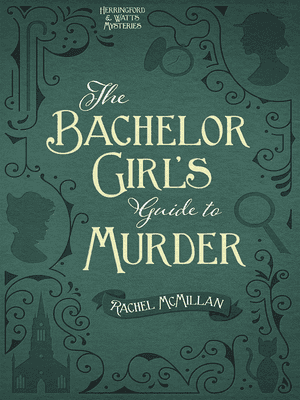
The Bachelor Girl’s Guide to Murder
Rachel McMillan
In 1910 Toronto, while other bachelor girls perfect their domestic skills and find husbands, two friends perfect their sleuthing skills and find a murderer.
Inspired by their fascination with all things Sherlock Holmes, best friends and flatmates Merinda and Jem launch a consulting detective business. The deaths of young Irish women lead Merinda and Jem deeper into the mire of the city's underbelly, where the high hopes of those dreaming to make a new life in Canada are met with prejudice and squalor.
While searching for answers, donning disguises, and sneaking around where no proper ladies would ever go, they pair with Jasper Forth, a police constable, and Ray DeLuca, a reporter in whom Jem takes a more than professional interest. Merinda could well be Toronto's premiere consulting detective, and Jem may just find a way to put her bachelor girlhood behind her forever—if they can stay alive long enough to do so.
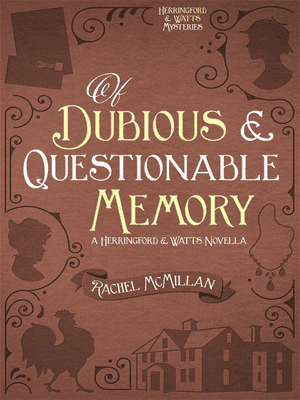
Of Dubious and Questionable Memory
Rachel McMillan
Ne’er-Do-Wells of New England—You’ve Been Warned!
Merinda Herringford and Jem Watts are never lacking for mysteries of the curious and commonplace, but lately business has been a little less curious and a lot more common.
With only missing jewelry and a kidnapped rooster on the case docket, Merinda is bored stiff. Jem welcomes the reprieve as she settles into married life, attempting to learn the domestic skills that have cunningly evaded her as a bachelor girl detective.
The lull in business is short-lived when a telegram arrives from the detective duo’s suffragette friend, Martha Kingston, detailing the mysterious disappearance of a school chum’s sister in Concord, Massachusetts.
No sooner do Jem and Merinda arrive in the States to investigate than they find themselves embroiled in a world of strange affairs, purloined letters, and a baffling mystery whose clues lead directly to Orchard House, the homestead made famous by its long-time resident, Louisa May Alcott.

The Hunter's Lodge Case
Agatha Christie
Poirot is on the case once again! After a brief interlude at a London nightclub, Hercule Poirot joins his friend Roger Havering to find his uncle's murderer. Havering, himself a blueblood and well-to-do, leads the detective to his hunting lodge in Derbyshire. There, Poirot must navigate unfamiliar surroundings to solve the case, though the danger is not entirely gone just yet.

The Plymouth Express Affair
Agatha Christie
A case on a train begins with a corpse in a carriage. Poirot's mysteries are never easily solved, and this one is no exception: the crime scene is always moving! The stakes are raised yet again when the deceased is identified as the daughter of an Australian mining magnate. The woman's own will complicates things further, as everything she owned is left to her estranged husband, a gambling addict.

The Kidnapped Prime Minister
Agatha Christie
Near the end of the First World War, Hercule Poirot is alerted to an assassination attempt on the English Prime Minister. Very shortly thereafter, Poirot receives news of the Prime Minister's kidnapping, and is subsequently enlisted to help find the missing head of state.
Across the English countryside and into northern France, Poirot must work quickly to locate his quarry. It's not just his life that depends on it, but the fate of the world, too.

The Red Room
H. G. Wells
Legends surround the haunting of the red room at Lorraine Castle. Even those living nearby attest to its supernatural sensitivities. But Wells' narrator, ever the skeptic, takes it upon himself to spend one night in the room in order to disprove the legends.
If only he could keep his candle lit…

A Distant Music
B.J. Hoff
In the first book of the Mountain Song Legacy series readers step into a small Kentucky coal mining town in the late 1800’s where hope is found in the hearts of two young girls—the vibrant, red-headed Maggie MacAuley and her fragile friend Summer Rankin.
When Jonathan Stuart, the latest in a succession of educators, actually wants to continue teaching in the one-room schoolhouse, then Maggie and Summer know that he is special. So when Jonathan’s cherished flute is stolen, the girls try to find a way to restore music to his life.
Sorrow and joy follow in the days to come, and through it all Maggie, Jonathan, and a community rediscover the gifts of faith, friendship, and unwavering love.

The Wind Harp
B.J. Hoff
B.J. Hoff's unforgettable characters from A Distant Music reunite for an even more gripping, dramatic episode in The Mountain Song Legacy.
When Maggie MacAuley returns to the small coal town of her childhood, she has no intention of staying. Her life is in Chicago now. There's nothing to keep her in Skingle Creek...
...nothing but the discovery that a man who has lived most of his life for the children of Skingle Creek is no longer the hero of Maggie's childhood but seems destined to become the love of her life.
In Maggie's quest for independence, she finds her greatest strength in sacrifice...and in her struggle to heal her family, she finds her heart renewed by love.

God, a Motorcycle, and the Open Road
Tim Riter
Riding for God's Glory
So whether you eat or drink or whatever you do, do it all for the glory of God. Romans 14:23
If you're a biker and a Christian, have you considered that riding, can be an activity that brings glory to God, draws you closer to His creation and provides an opportunity to share your faith with fellow riders?
Motorcycle and Jesus enthusiast Tim Riter has some amazing stories and spiritual truths he's collected from riding over 200,000 miles, covering 46 states, and three countries. Discover what happens when
- a long-haired hippie biker strolls into a redneck bar
- a new back tire causes a dangerous spill
- a chance encounter with an angry driver turns into a 20-mile chase
These and other engaging devotions will show you how your faith blends into your riding and help you experience that same sense of adventure you get from motorcycling in your walk with God, or in this case, your "ride with God."